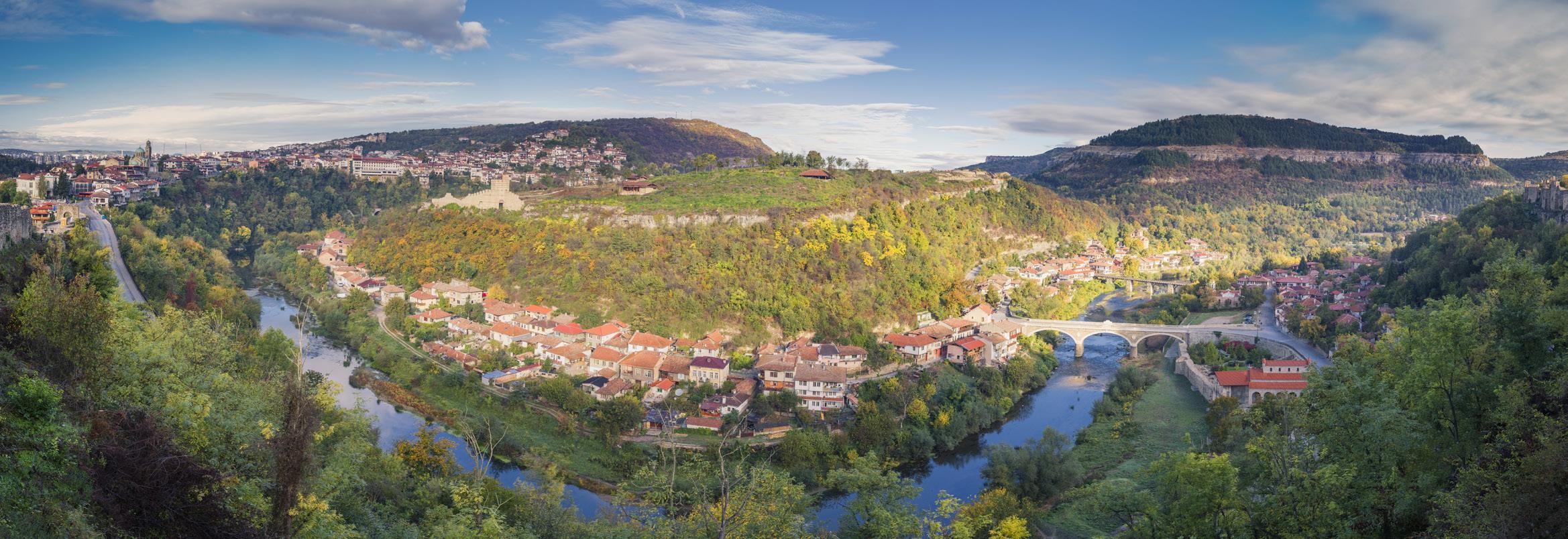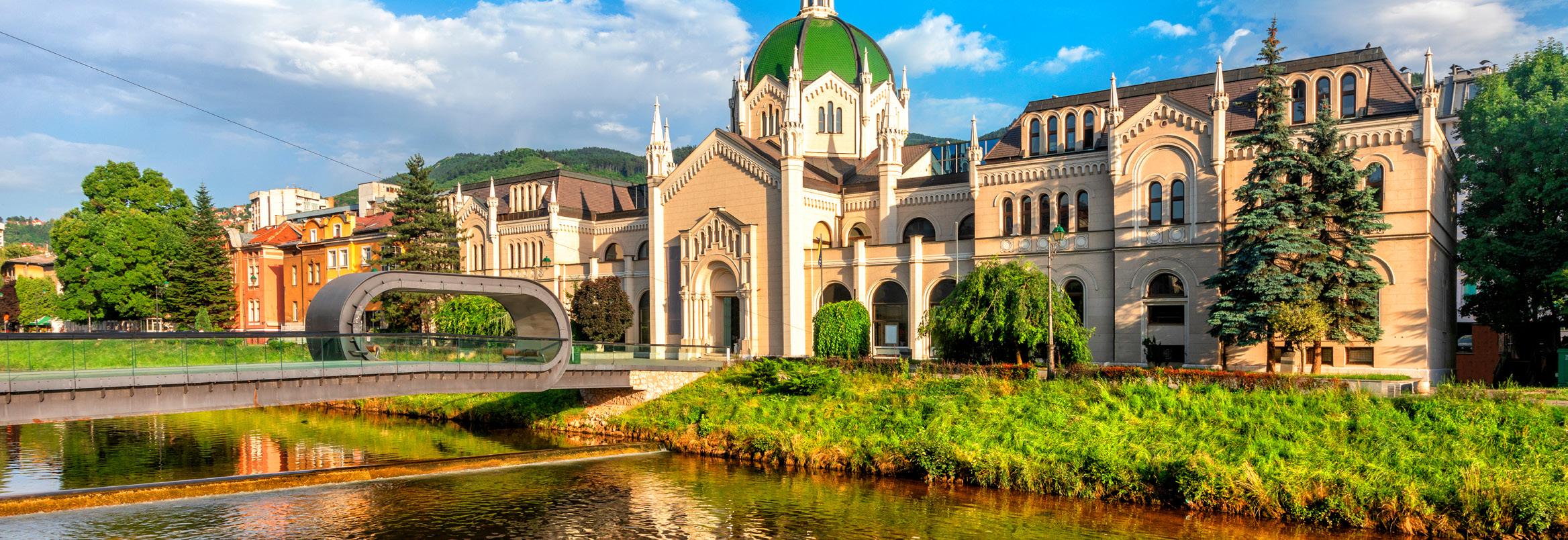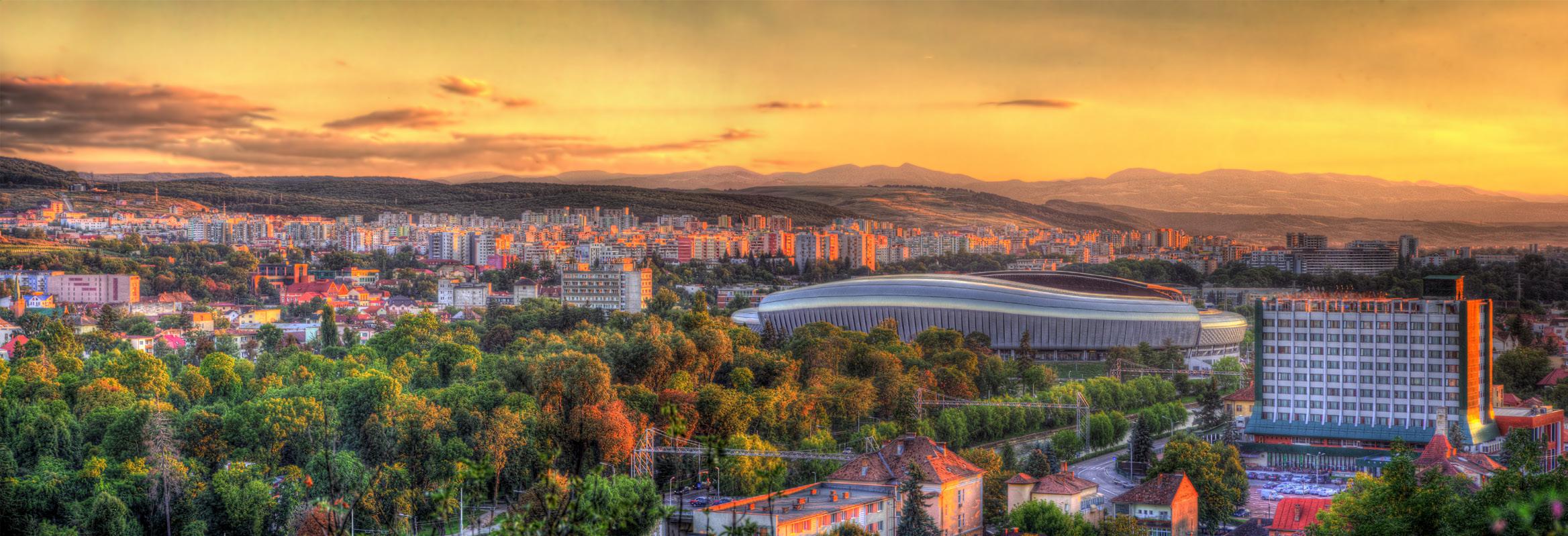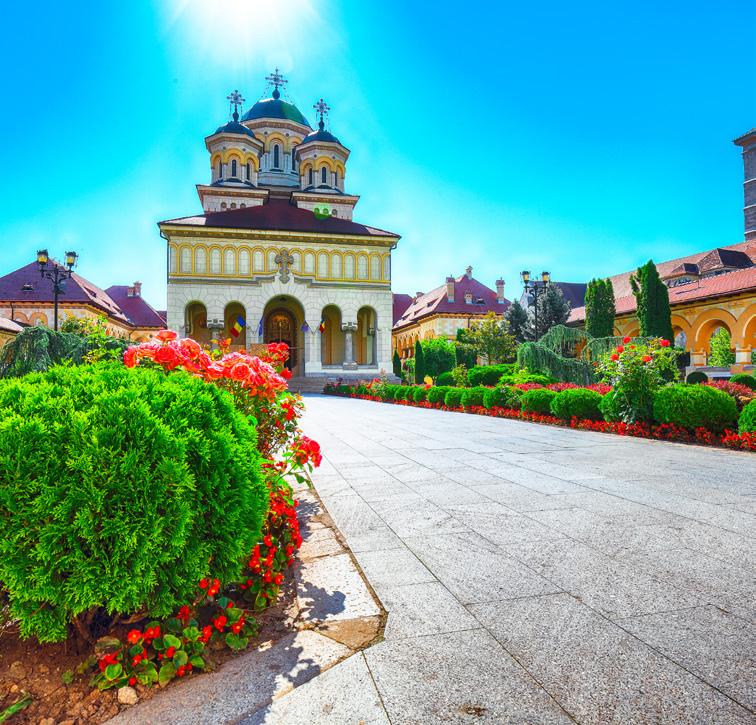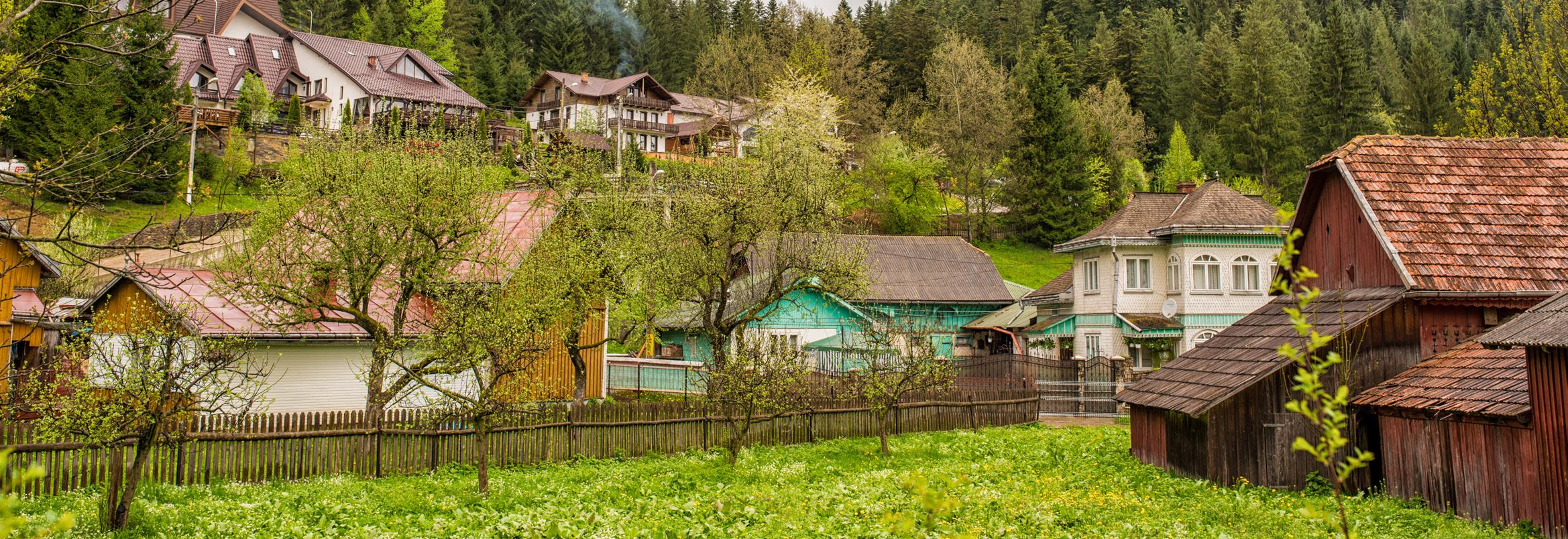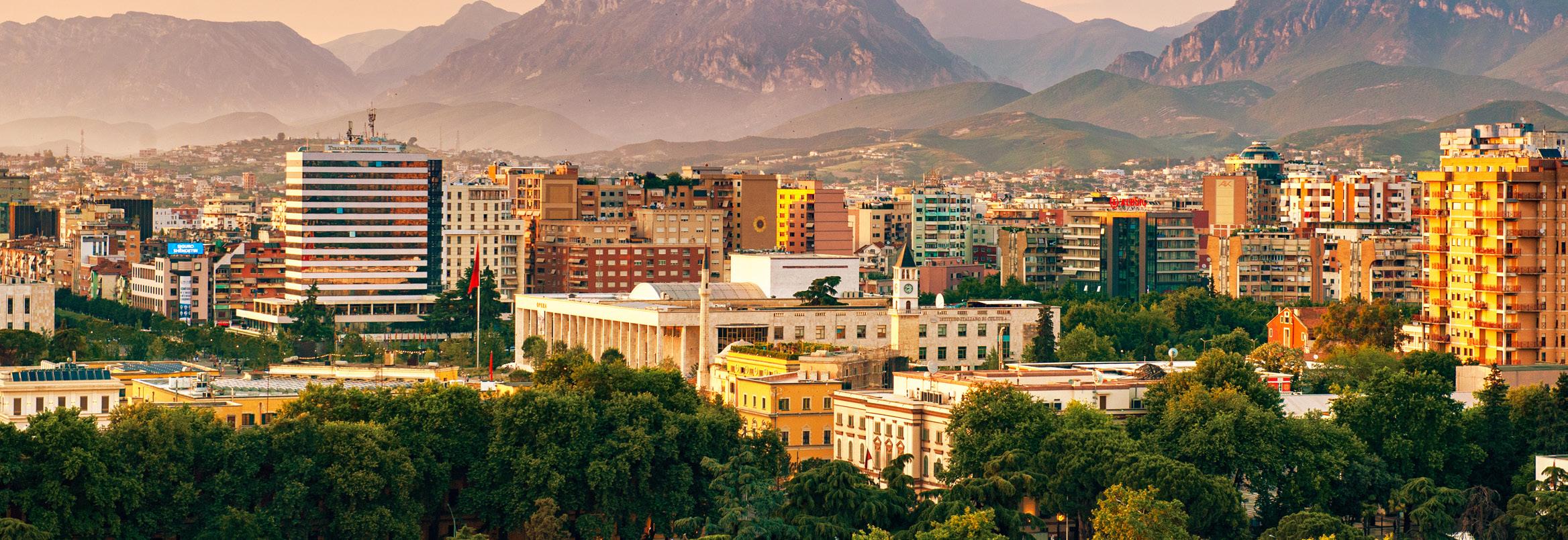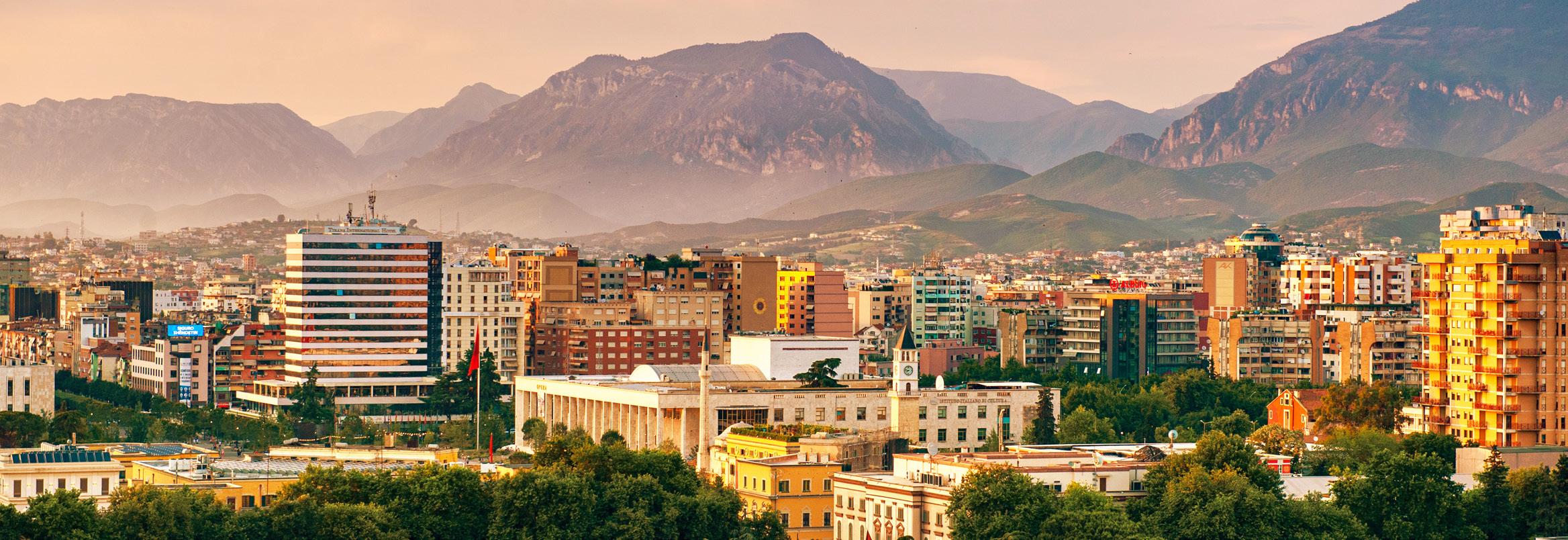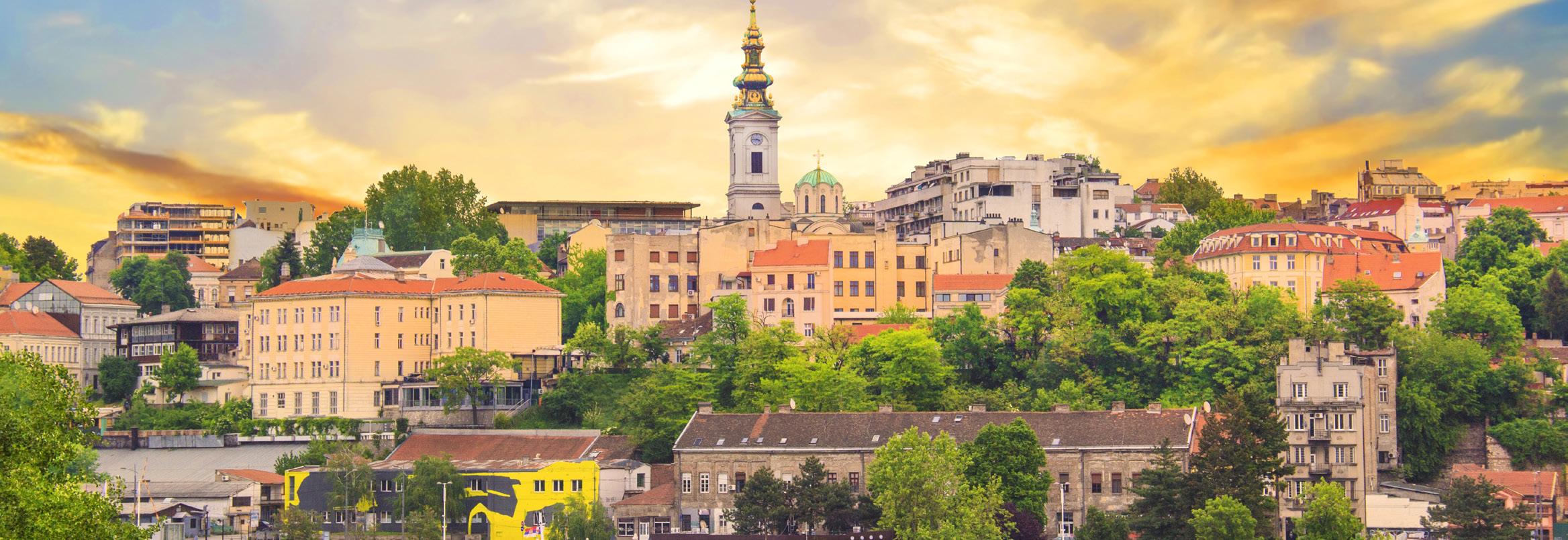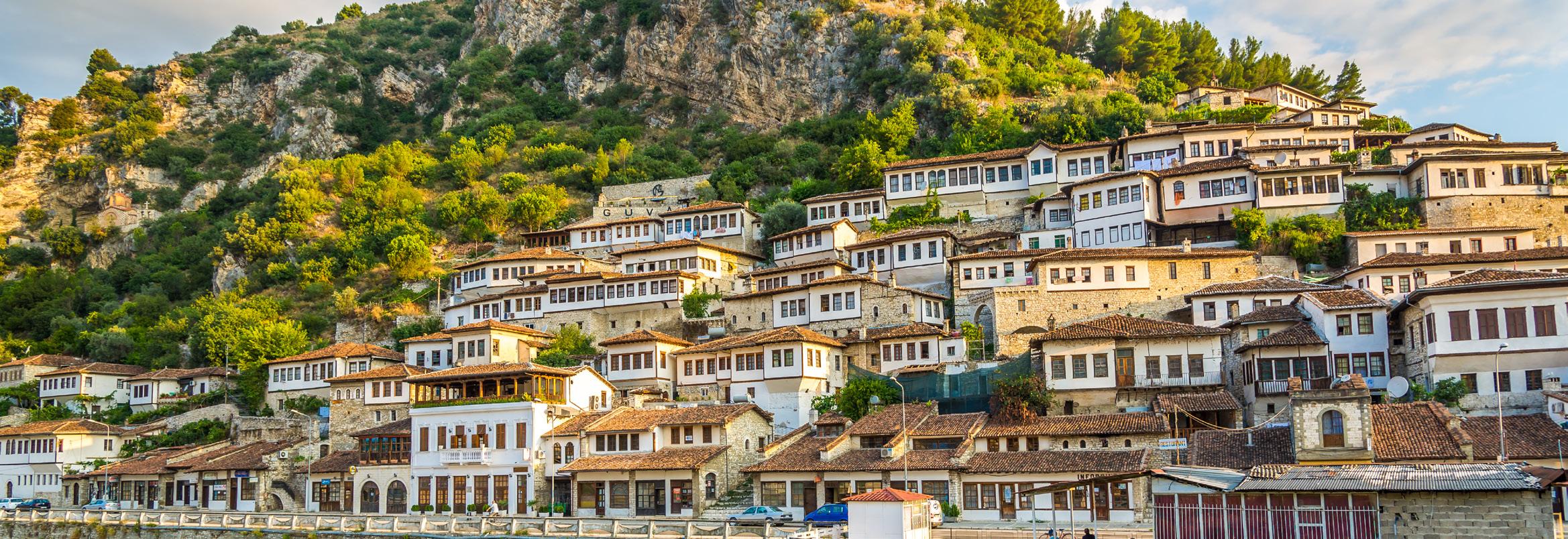
23 minute read
Grand Balkans Tour
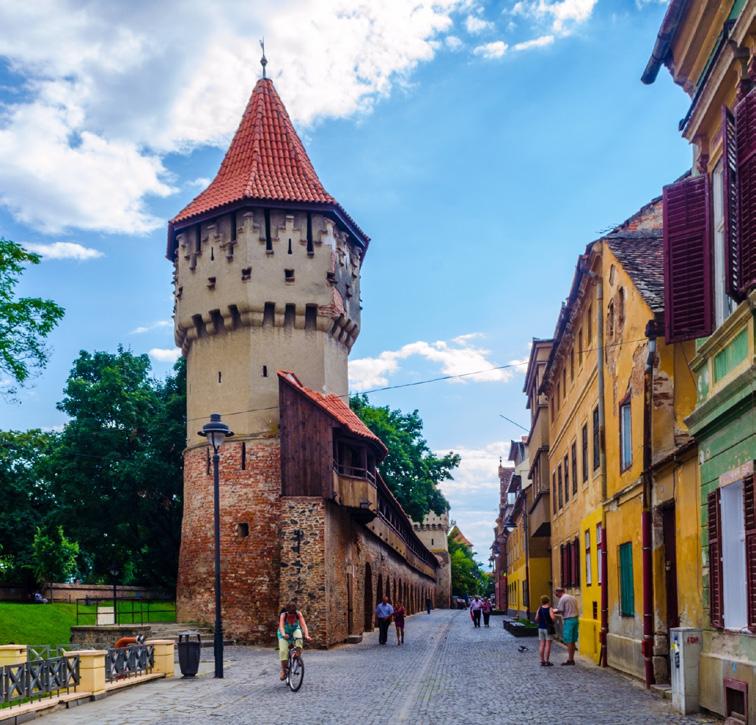
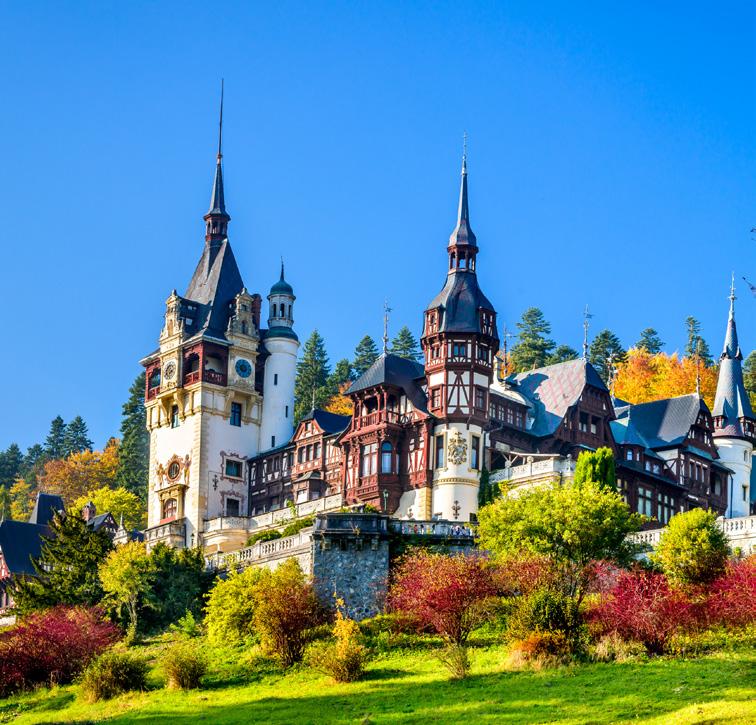
Advertisement
Day 1. Homeland - Bucharest Arrival at the airport Bucharest. Meeting with the English - speaking guide. Our trip leader will take us to explore Romania’s capital, Bucharest. We visit many of the older parts of the city to discover the architecture that earned it the reputation as the ‘Paris of Eastern Europe’ such as the striking columned facade of the Romanian Atheneum concert hall and the Royal Palace of Bucharest. We will also see the exterior of the Palace of Parliament, which is the second largest building in the world. We will make a visit to the fascinating Village Museum where we can see a collection of old wooden churches, windmills and peasant dwellings from different regions. Transfer to the Hotel.
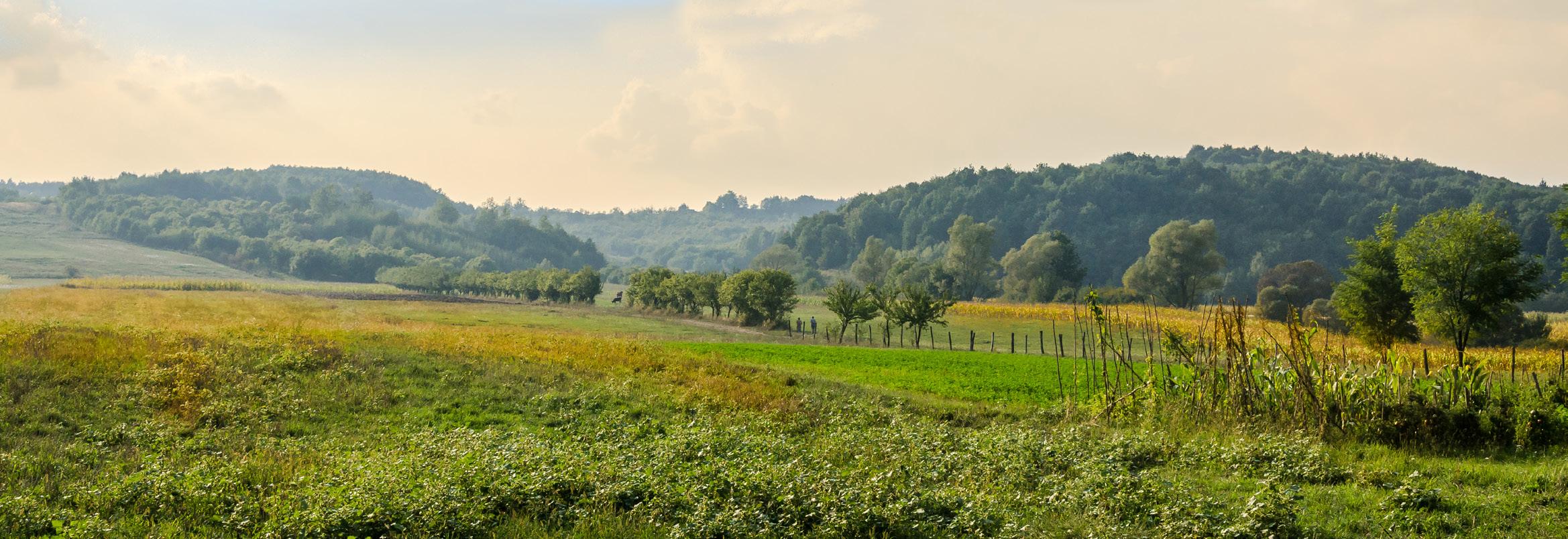
Day 2. Bucharest - Sinaia - Poiana Brasov In the morning we drive toward north along the Prahova Valley to Sinaia. In Sinaia we will visit the Peles Castle, the summer residence of the Royal Family. The year 1866 marks the beginnings of the Hohenzollern-Siegmaringen dynasty in Romania, when the first king from the Hohenzollern family came into this country and decided to build a castle in Sinaia on the Peles river shore in the German Renaissance style, to remind him of his homeland. Not very far you can find the Sinaia Monastery that was built by orthodox monks, who came from the Sinai Mountain. Afterwards we drive to Poiana Brasov where you will have a traditional Romanian dinner.
Day 3. Poiana Brasov - Brasov - Bran - Rasnov - Poiana Brasov In the morning we drive to Brasov, city tour with visit of the Town Hall, the hidden Orthodox Church and the Black Church, the biggest Gothic sacral building in the Eastern Europe. Afterwards you will visit the Bran Castle, also known as Dracula’s Castle after the legend of the bloody prince. In the afternoon we will go to the Rasnov Citadel, where the medieval atmosphere is even nowadays present, after 500 years of existence. The rustic fortresses were part of a defending system of the Transylvanian places that were exposed to invaders’ attacks. Day 4. Poiana Brasov - Sighisoara - Biertan - Sibiel - Sibiu This day is about the culture of the Transylvanian Saxons. The first stop we will be in Sighisoara. Sighisoara is the most beautiful and best preserved medieval building in the rural Gothic Renaissance and Baroque style from this side of Europe. Here you will visit the Church on the Hill, the Clock Tower, the house where Count Dracula was born and also the Saint Mary Church. Then we drive to Biertan, to visit the biggest Transylvanian-Saxon fortified church. Here was until the end of the 19th century the residence of the Evangelical bishops from Transylvania. Then you will go to Sibiel to visit the Glass Icon Museum. Afterwards traditional dinner at the farmers in Sibiel.
Day 5. Sibiu - Ramnicu Valcea In the morning city tour in Sibiu. During the city tour you will you will see the most important sights of the city. The Big and Small Square, the Lair’s Bridge and the Evangelical Cathedral. In the Evangelical Cathedral you can see the tomb stone of Dracula’s son, Mihnea the Bad. Then we will drive to the South to Ramnicu Valcea, on the way stop at the Cozia Monastery, one of the oldest in Romania, built by the Wallachian prince Mircea the Old, grandfather of Vlad Tepes.
Day 6. Ramnicu Valcea - Sofia Today we will drive firther to the south, after crossing the Romanian – Bulgarian border we will drive to the capital of Bulgaria – Sofia. The city is at the foot of Vitosha Mountain in the western part of the country. Being in the centre of the Balkans, it is midway between the Black Sea and the Adriatic Sea, and closest to the Aegean Sea.
Day 7. Sofia After the breakfast city tour in Sofia. Sofia is a dynamic Eastern European capital, distinguished by its unique combination of European and Communist-style architecture as well as many beautiful orthodox churches. Here you will visit the Alexandr Nevski Cathedral, the Roman Rotonda, the Roman ruins etc. In the evening festive dinner with folklore program in a traditional Bulgarian Restaurant.
Day 8. Sofia - Thessaloniki In the morning you will go further to the south, to the Aegean Sea Shore in Thessaloniki. Thessaloniki is the second-largest city in Greece and the capital of the region of Central Macedonia. Here you will visit the most important sights: the White Tower, the Aristotle Square, the equestrian statues of King Constantine and Alexander the Great, the Arch of Galerius, Rotonda etc.
Day 9. Thessaloniki - Meteora - Thessaloniki After breakfast you will go to visit Meteora, the largest and most important complexes of Eastern Orthodox monasteries. Here you will visit the largest monastery, Great Meteoron. Then you will stop in Zindros - production center for icons and other religious objects. Return in Thessaloniki.
Day 10. Thessaloniki - Plovdiv After breakfast you will go again to Bulgaria, your daily objective being Plovdiv. Plovdiv is one of the oldest cities in Europe. It is the oldest continually inhabited city in Europe going back 8000 years. During most of its recorded history, Plovdiv was known in the West by the name Philippopolis after Philip II of Macedon conquered the city in the 4th century BC. The city was originally a Thracian settlement. The town is small and easy to walk around. Places to see include the Roman Amphitheatre, St Marina church and a mosque leftover from the Ottoman Empire. Each step you take in this town opens up another piece of history.
Day 11. Plovdiv - Tryavna In this valley, 70 percent of the world’s “attar”, or extract from roses, is produced. Nimblefingered women and girls do most of the picking, while donkeys are used to carry the petals away. In the town of Kazanlak we visit the Thracian Tomb (fourth and third centuries BC). The Thracians are regarded as the original Bulgarians, a people closely linked with the ancient Greeks. Before our climb over the Shipka Pass we will visit the Shipka Memorial Church. The golden Domes of this Russian-style church rise out of the hillside. After crossing the spectacular Shipka with its majestic vistas and momentous history we visit the open-air Ethnographical Museum of Etura, a recreation of a typical 19th century village. After a tour of the museum we continue on to Veliko Tarnovo, once the capital of Bulgaria (1185-1396) and still showing the remains of its past glory -- fortress walls and palaces perched among the steep cliffs of the Yantra Gorge.

Day 12. Tryavna - Veliko Tarnovo - Arbanasy - Bucharest Today we have a tour of this town laced with history. We will admire the breathtaking views of this picturesque region during our tour of the Tsarevets Citadel (Castle of the Czar). This commanding position was first fortified in the 6th century and had become the royal centre of the Second Bulgarian Kingdom by the end of the 12th century. A short drive away is the hilltop village of Arbanassi, first settled by Albanian immigrants in the 15th century. We will have the opportunity to visit several of the houses in the region dating back to the 16th and 17th centuries.
Day 13. Bucharest Today we travel to Sofia via the beautiful Danube Plain. En-route we will cross over the Troyan Pass and visit the nearby Troyan Monastery, Bulgaria’s third largest. After a lunch break we will continue on the wellpreserved ‘museum-town’ of Koprivshtitsa. It was here that the revolt against the Ottoman occupation began in 1876. A visit here gives us an insight as to how Bulgarians lived a century ago. Our walk throughout the enchanting town will bring us to many unique houses with wooden columns, painted facades, richly decorated interiors, and lovely gardens.
Day 14. Bucharest - Homeland Free time at your disposal. Transfer to the airport, fare well from the guide and return flight.
Services
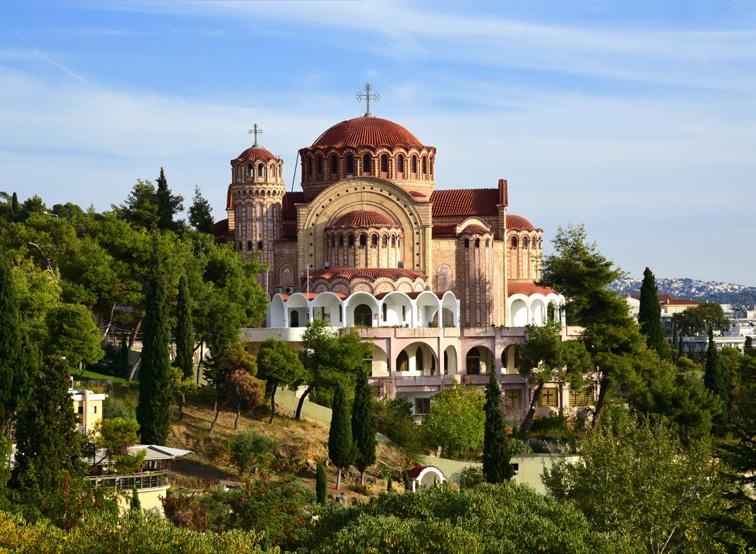
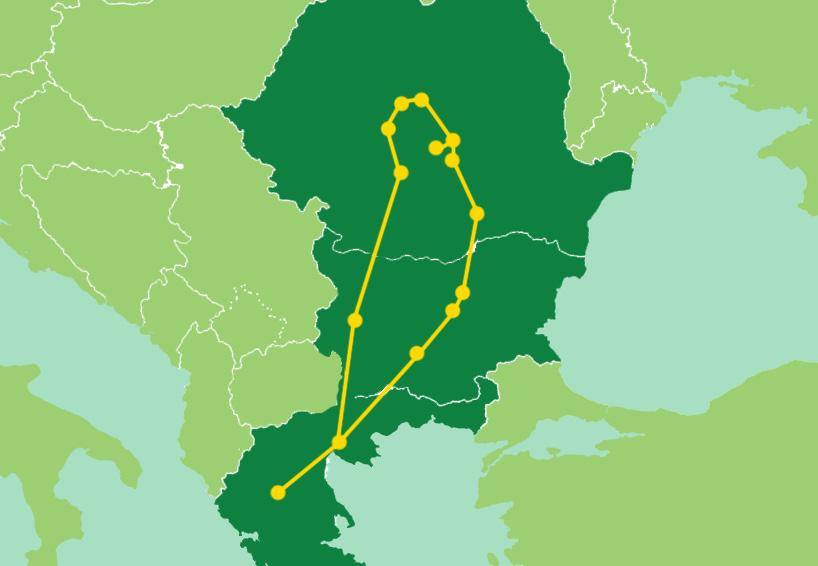
13 nights of accommodation in 4* Hotels with HB English speaking guide Bus/Mini-bus at your disposal 4 festive dinner Traditional dance and music show Steam train tour BBQ lunch in the mountains + drinks includes Wine tasting 1 SGL room free of charge for the foreign tour leader
Minimum of turists 10+1 15+1 20+1 25+1 30+1 35+1 40+1 45+1 Price per person (place in DBL/HB) 995€ 855€ 765€ 725€ 685€ 665€ 655€ 645€ SGL Supplement 235€ 235€ 235€ 235€ 235€ 235€ 235€ 235€
13 Lunches Supplement 180€ 180€ 180€ 180€ 180€ 180€ 180€ 180€
Highlights of Eastern Europe
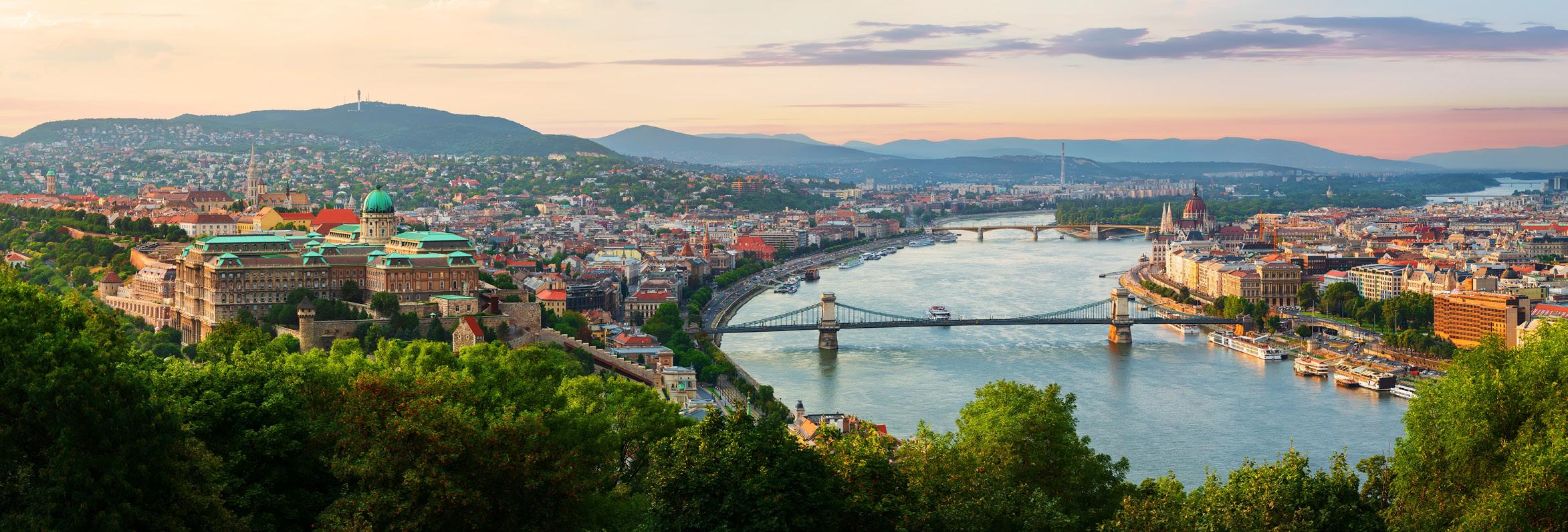
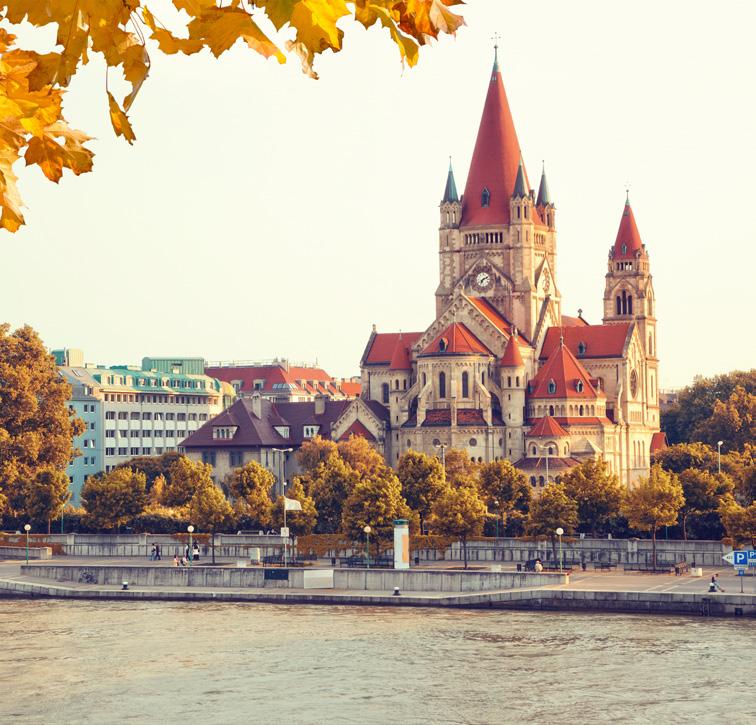
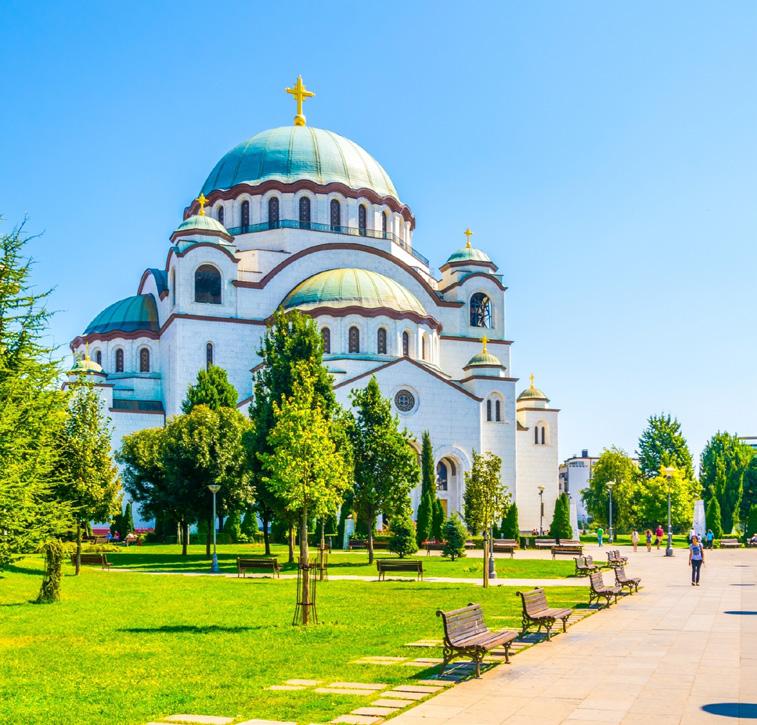
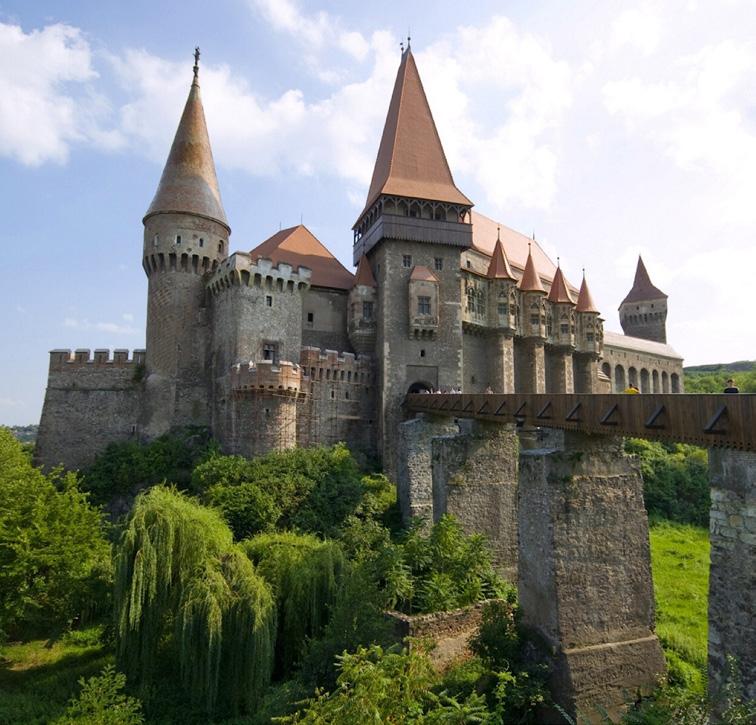
Day 1. Homeland - Prague Arrival at the airport followed by transfer to the hotel. Today you will have free time at your disposal to spend in the Czech capital. Prague is the capital and largest city in the Czech Republic, the 14th largest city in the European Union and the historical capital of Bohemia. Situated on the Vltava river, Prague is home to about 1.3 million people. Prague is a political, cultural and economic centre of central Europe complete with a rich history. Founded during the Romanesque and flourishing by the Gothic, Renaissance and Baroque eras, Prague was the capital of the Kingdom of Bohemia and the main residence of several Holy Roman Emperors, most notably of Charles IV. It was an important city to the Habsburg Monarchy and its Austro-Hungarian Empire. The city played major roles in the Bohemian and Protestant Reformation, the Thirty Years’ War and in 20th-century history as the capital of Czechoslovakia. Dinner and accommodation at the hotel.
Day 2. Prague Today you will explore one of the most beautiful capitals of Central Europe –Prague. Prague’s history dates back over a thousand years. The city rivals any other in Europe in terms of sheer beauty but there is much more on offer than just a pretty face. Bisected by the Vlatava River, Prague will astound even the most well traveled tourist with its Gothic grace and Renaissance architecture, its many worldclass museums and baroque style churches and bridges. From jazz music, puppet shows and pork knuckles to an astronomical clock and a mind maze. During the city tour you will get to know the Prague Castle, St. Vitus Cathedral, Loreta Monastery, the Golden Lane, the Old City with the Town Hall Square and the Astronomical Clock. In the evening you are invited to a festive dinner with artistic program in a traditional Czech restaurant in Prague.
Day 3. Prague - Vienna In the morning you will leave the Czech Republic and drive to Slovakia. City tour in the capital of Slovakia – Bratislava, including Bratislava’s Town Hall, Michael’s Gate, the Grassalkovich Palace, along with the Gothic St. Martin’s Cathedral. Today’s end point is the
Austrian capital Vienna. Vienna is the federal capital, largest city and one of nine states of Austria. Vienna is Austria’s primate city, with a population of about 1.9 million and its cultural, economic, and political centre. It is the 7thlargest city by population within city limits in the European Union. Until the beginning of the 20th century, it was the largest Germanspeaking city in the world. Dinner and accommodation at the hotel
Day 4. Vienna Today you will get to know the Austrian capital. The Capital of Austria is home to nearly one third of the county’s inhabitants and is its primary city. This metropolitan city hosts the United Nations organisation and is a major centre for Austria’s culture, economy and Politics. With many different names like the City of Music and the City of dreams, Vienna is renowned throughout the world and has a plethora of stunning historical buildings, gardens and establishments. Ranked as one of the most liveable cities in the world with its inhabitants enjoying a high quality of life, Vienna is a haven in central Europe and remains a popular tourist destination. Listed below are the top must do’s in Vienna and should provide you with more than enough information to plan your trip. During the city tour you will explore the State Opera, the Maria – Theresien Platz, the Austrian Parliament Building, the City Hall, St. Stephen’s Cathedral. In the evening you will enjoy a traditional dinner at a Heuriger viennese restaurant.
Day 5. Vienna - Budapest During the afternoon you will make a short city tour in one of Europe’s most delightful and enjoyable cities- Budapest. Dinner and accommodation at the hotel.
Day 6. Budapest Today is dedicated to the second part of the Budapest tour. You will pass on the Chain Bridge, to the St. Stephen’s Basilica and the Hungarian Parliament. During the walk to the Fisherman’s Bastion you will discover the St. Matthias Church, the Royal Palace, Mary Magdalene Tower, Vienna Gate. During the afternoon you will make a cruise on the Danube with dinner on board.
Day 7. Budapest - Belgrade In the morning you will to drive from Budapest to Belgrade. The cosmopolitan, Serbian capital combines transparency and zest for life with historical consciousness. Dinner and accommodation at the hotel.
Day 8. Belgrade Today you will continue to explore of the Serbian capital. The most impressive monument of the town is the Kalamegdan Fortress where you can stroll along the imposing historical buildings and enjoy the magnificent panoramic city view. You can also visit the Cathedral of Saint Sava (Hram Svetog Save), one of the largest churches in the world. In the evening you are invited to dinner to a typical Serbian restaurant in Belgrade.
Day 9. Belgrade - Timisoara In the morning you will leave Serbia and drive to Timisoara. During the afternoon you will make a city tour in Timisoara during which you will see the city’s landmarks: the Orthodox Cathedral, St. George’s Cathedral, the Huniade Castle. Dinner and accommodation in the hotel.
Day 10. Timisoara - Alba Iulia - Sibiu In the morning you will depart towards Alba Iulia. The city tour will include the historical city centre, the old Fortress of Prince Eugene of Savoy, the Catholic and Orthodox Cathedrals. Afterwards you will drive to Sibiu, former European Capital of Culture. In the evening you will enjoy a traditional dinner home at the peasants in Sibiel.
Day 11. Sibiu - Sighisoara - Poiana Brasov During the morning you will visit the most important sights in Sibiu, including the Big and Small Squares, the Huet Square, the Liar’s Bridge, the Orthodox Cathedral, the Evangelical Cathedral.Worth and the Brukenthal Palace. Further you will depart to Sighisoara. You can visit the Clock Tower, the house of Vlad Dracul - the father of Vlad Tepes,the Venetian House, the Wooden Covered Staircase, the Old Ladies‘ Corridor and as well the Church on the Hill. Today’s end point is Poiana Brasov. Dinner and accommodation at the hotel. Day 12. Poiana Brasov - Harman - Brasov - Bran - Poiana Brasov During the morning you will visit the fortified church in Harman and following you will drive to Brasov. You will start the city tour from the city center visiting the Black Church - famous for its pipe organ and its collection of Anatolian carpets, the medieval city walls surrounding the old town, the Town Hall, the unique Rope Street, Catherine’s Gate and the small hidden Orthodox Church. The next point of attraction is represented by the Bran Castle one of the oldest fortresses in Transylvania. The romantically situated castle, which served first for military purposes, was in the interwar period the residence of Queen Mary. Nowadays it is a museum, notorious as Dracula’s Castle.In the evening you are invited to a tradtional Romanian dinner in a typical restaurant in Poiana Brasov.

Day 13. Poiana Brasov - Sinaia - Bucuresti In the morning you will depart along the Valley of the Prahova river to Sinaia. The resort’s main attractions are represented by the Sinaia Monastery and the Peles Castle. The Royal Palace, a masterpiece of German newRenaissance architecture, is considered to be one of the most beautiful castles in all Europe. Upon arrival in Bucharest you will enjoy a city tour featuring the Patriarchal Church, the ruins of the Old Princely Court, the Village Museum and the Triumphal Arch and last but not the least the Parliament Palace.In the evening you will enjoy a festive dinner with folklore program.
Day 14. Bucharest - Homeland Transfer to the airport, fare well from the guide and return flight.
Services
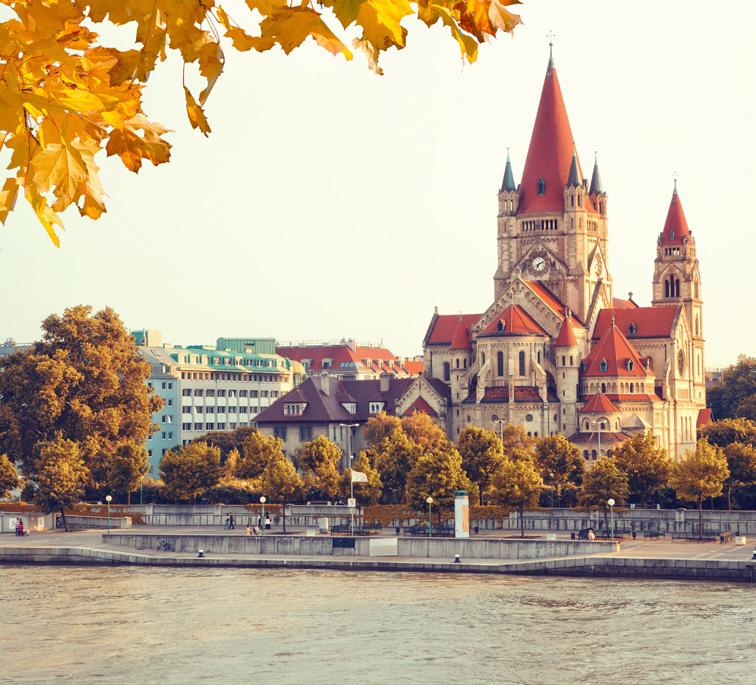

13 nights of accommodation in 4* Hotels with HB English speaking guide Bus/Mini-bus at your disposal 5 festive dinners 3 artistic programs Cruise on the Danube 1 SGL room free of charge for the foreign tour leader
Minimum of turists 10+1 15+1 20+1 25+1 30+1 35+1 40+1 45+1 Price per person (place in DBL/HB) 1240€ 1050€ 950€ 895€ 860€ 830€ 820€ 810€ SGL Supplement 275€ 275€ 275€ 275€ 275€ 275€ 275€ 275€
13 Lunches Supplement 205€ 205€ 205€ 205€ 205€ 205€ 205€ 205€
Grand Tour of Romania, Serbia and Bulgaria
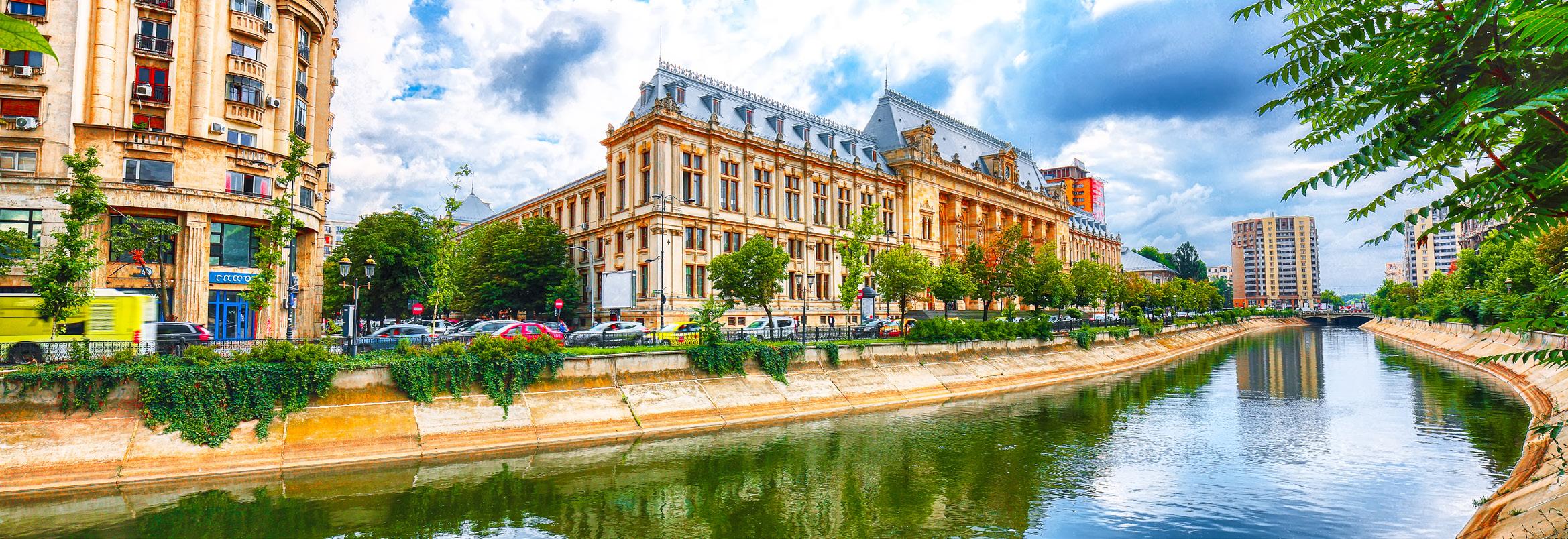
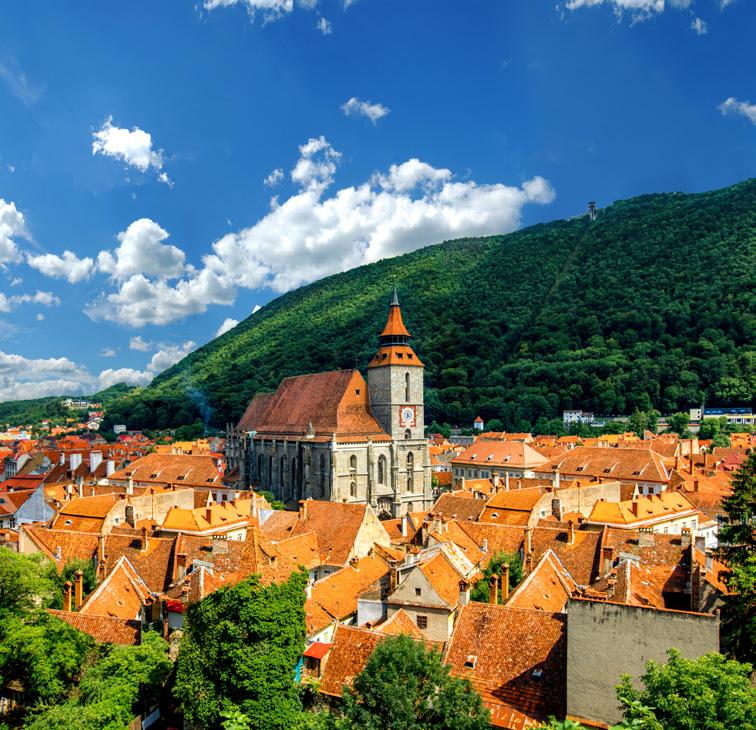

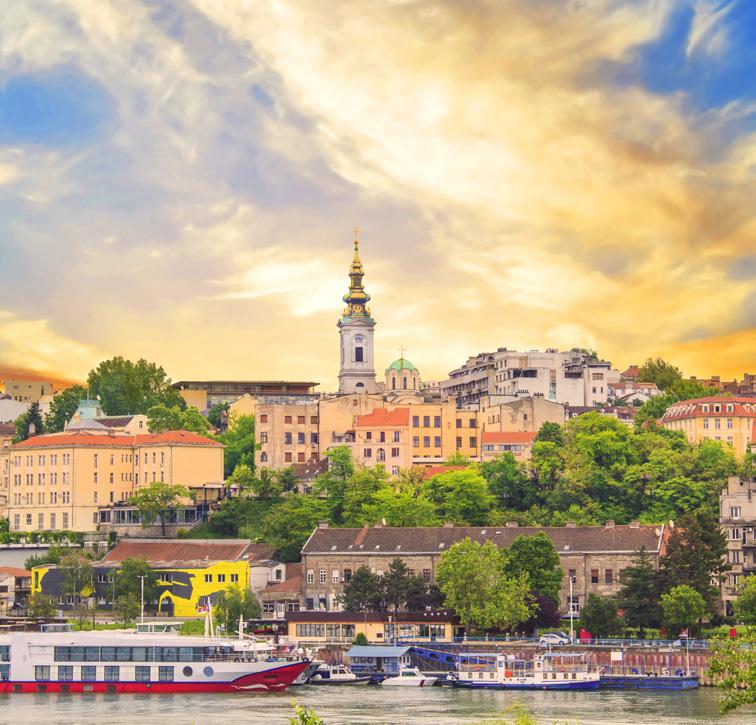
Day 1. Homeland - Bucharest Arrive in Bucharest and meet the group and our Explore Leader. Bucharest is Romania’s largest city and became the capital in 1832 and thanks to a period of urban renewal and modernisation, it’s now a bustling centre of Romanian culture, arts and media.
Day 2. Bucharest - Sinaia - Bran - Moeciu - Predeal Our trip leader will take us to explore Romania’s capital, Bucharest. We will also see the exterior of the Palace of Parliament, which is the second largest building in the world. We will make a visit to the fascinating Village Museum where we can see a collection of old wooden churches, windmills and peasant dwellings from different regions. Driving out of Bucharest. We arrive in Sinaia, known as the ‘pearl of the Carpathians’ and visit the wonderful Peles Castle. Next we’ll visit what is probably the most famous castle in the world, Bran Castle, the apparent haunt of Count Dracula. Perched on a crag in a valley between two high mountain ranges, it dominates the surrounding scenery. This evening we will arrive in a quaint local guesthouse in the Transylvanian village of Moieciu, where we have a delicious home cooked meal this evening.
Day 3. Predeal - Brasov - Sibiu We drive to the Brasov, which is a treasure trove of centuries-old buildings and churches, and cobbled streets all clustered within the medieval city walls and overlooked by a magnificent 15th century Gothic cathedral. You’ll have free time here to take a stroll through the City Square and down the extremely narrow Rope Street to see the Black Church or perhaps you may like to visit one of the museums, the First Romanian School or Saint Nicolas Church in the Scheii district. This afternoon we drive to the city of Sibiu. Our trip leader will take us beneath the ramparts and through the backstreets, past the first hospital and pharmacy in Romania and to Liar’s Bridge.
Day 4. Sibiu - Hunedoara - Orsova - Herculane We drive to the large Gothic Corvin Castle with its pointed red-roofed turrets and vaulted ceilings. Due to its long and sometimes chequered history the castle is rumoured to be haunted. We drive to Orsova beside the Danube River where we can see the gigantic statue of King Decebalus’ head carved into the rocky river gorge. The rock relief is over 40 metres high and 30 metres wide and it took 10 years to carve. Later this afternoon we arrive in the spa town of Baile Herculane in
the Cerna River Valley. Our trip leader will take us on a short walk to discover the historic centre and to see the elegant façade of the abandoned Imperial Bath Houses. We check-in to our hotel where you are then free to relax.
Day 5. Herculane - Viminacium - Belgrade Today we leave Romania and cross the border into Serbia and drive to the ancient Roman city and military fort at Viminacium. Among the ruins the frescoes in the 4th century tombs are especially interesting along with the remains of one of the biggest amphitheatres discovered in the Balkans. This afternoon we drive to Serbia’s capital Belgrade and our leader will point out the Ruins of the Yugoslav Army Headquarters before we arrive at our hotel.
Day 6. Belgrade - Novi Sad - Belgrade This morning we drive to Novi Sad, meaning ‘new garden’. It is the second largest city in Serbia. On arrival we’ll have a walking tour ending at the Petrovaradin Fortress from where the city originated. Novi Sad is rich in Roman, Greek and Byzantine history. Afterwards you’ll have the chance to go inside Petrovaradin Fortress, which is known locally as ‘the Gibraltar on the Danube’ (due to its shape rather than its size). After time for lunch we return to Belgrade this afternoon for a walking tour to discover its fascinating history from ancient empires through to the more recent conflicts of the early 1990s. We start our walk at Belgrade Fortress and the surrounding large Kalmegdan Park, which overlooks the rivers. We continue down the pedestrianised Knez Mihailova Street back towards the Main Square, which is just behind our hotel.
Day 7. Belgrade - Djavolija - Nis This morning we drive further south to Devil’s Town to see the towering rock formations that legend says are petrified wedding guests at a marriage arranged by the Devil between a local brother and sister. We drive to Nis and en route we’ll learn more about the city’s history at the Bubanj Memorial Park, which was built to commemorate the execution of over 10,000 of the city’s residents during World War II. On our walking tour we’ll get a taste of this and see Tito’s Memorial, the Ottoman Citadel and the somewhat gruesome Skull Tower, which is embedded with the skulls of the rebels that fought and lost to the Ottoman forces at the Battle of Cegar.
Day 8. Nis - Sofia We drive on to Sofia, the capital of Bulgaria. Sofia has a long history which can be seen by the onion-domed churches, Ottoman mosques, Roman ruins and old Soviet monuments. We take the metro to visit the Monument to the Soviet Army. This tribute to the Russian soldiers who died supporting Bulgarian efforts during World War II is surrounded by a large park. After time for lunch our trip leader will take us on a walk to discover the city centre and to see the Palace of Culture, Independence Square and the Neo-Byzantine Alexander Nevsky Cathedral, which was built to commemorate the 200,000 Russian soldiers who died fighting for Bulgaria’s independence. The rest of the afternoon is free for you to explore more of the city
Day 9. Sofia - Rila - Sofia Declared a World Heritage Site by UNESCO, Rila Monastery is an important religious and cultural centre for the Bulgarian people, which we will go to visit this morning. Remaining in wonderful condition it has the most stunning brightly coloured frescoes and distinctive striped brickwork. We return to Sofia for a free afternoon. You may like to visit the Archaeological Museum where there are Thracian, Roman and medieval artefacts on display in a former mosque dating from 1496.. There are also the ancient ruins of Serdica, which were discovered during the building of a new metro station.
Day 10. Sofia - Plovdiv - Kazanlak - Plovdiv We’ll drive to Plovdiv, an ancient city built on seven hills, and our trip leader will take us to discover the main highlights. The most famous of which is probably the well preserved Roman Theatre of Philipoppol, which is still used for concerts and theatrical performances. We’ll have the opportunity to have lunch here before driving on to Kazanlak in the Rose Valley. The flower laden fragrant fields (normally in bloom in May) sit between the Middle Forest Mountain and Balkan Mountains and the rosa damascene variety has been cultivated here for centuries. Next we visit the excellent reproduction of the Thracian Tomb of Kazanlak with a local guide. The original tomb was discovered in 1944 and dates back to the Hellenistic period.
Day 11. Plovdiv - Shipka - Veliko Tarnovo Today we’ll get to experience a range of different sights. We start by driving deep into the mountains to Shipka Memorial Church. Its tall bell tower, golden domes and intricately decorated red and white exterior stand out somewhat from the remote surrounding tree covered hills. We drive on to one of Bulgaria’s oldest towns, Veliko Tarnovo, where we will spend the night. It exudes medieval history with its fortified walls, cobbled ramshackle lanes and the mighty Tsarevets Fortress, which was formerly the city citadel.

Day 12. Veliko Tarnovo - Varna - Balchik This morning we drive to Varna. Varna is the third largest city in Bulgaria and the largest city and seaside resort on the Bulgarian Black Sea Coast. Situated strategically in the Gulf of Varna, the city has been a major economic, social and cultural centre for almost three millennia. Varna, historically known as Odessos. We’ll see the ruins of the ancient Roman Baths of Odessos and the most famous Bulgarian Orthodox cathedral in the country, the Dormition of the Mother of God Cathedral. This afternoon we drive on to Balchik where we will stay for the next two nights.
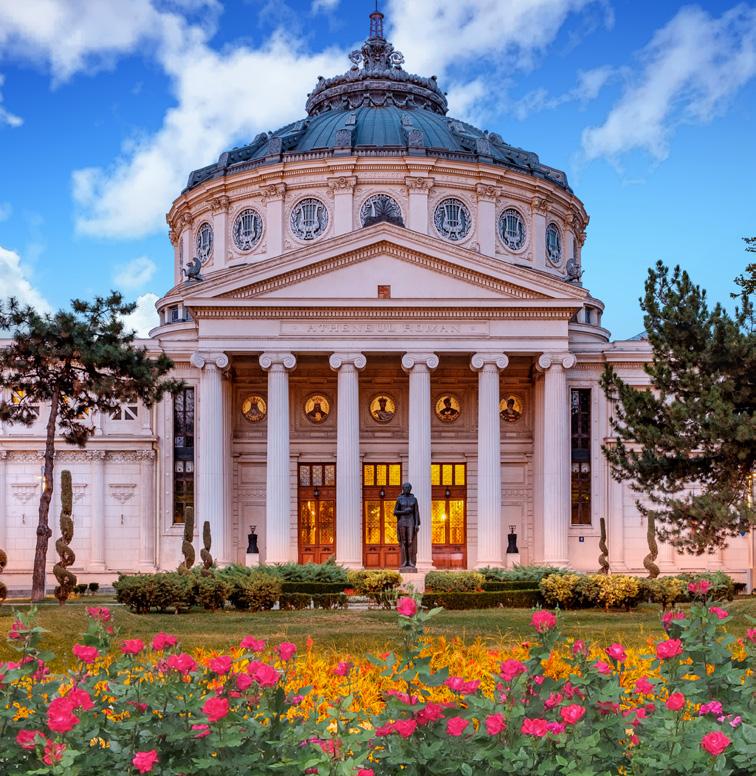

Day 13. Balchik - Kaliakra - Balchik Today we’ll continuing exploring the Black Sea coast beginning with a visit to Kaliakra Fortress. This afternoon we return to Balchik and will visit Balchik Palace, the summer residence of Queen Marie of Romania and the botanical gardens that surround it, which contain over 2,000 different plant varieties. You then have free time to relax on the beach and paddle in the sea or maybe you’d like to explore more of the gardens. Day 14. Balchik - Bucharest This morning we leave Bulgaria and cross back over the border to Bucharest in Romania. After checking-in to our hotel the rest of the afternoon is free for you to unwind and explore Bucharest at your own pace. Day 15. Bucharest - Homeland Our trip ends after breakfast at our hotel in Bucharest.
Minimum of turists 10+1 15+1 20+1 25+1 30+1 35+1 40+1 45+1 Price per person (place in DBL/HB) 1070€ 990€ 895€ 845€ 810€ 780€ 765 745€ SGL Supplement 200€ 200€ 200€ 200€ 200€ 200€ 200€ 200€ Services 14 nights of accommodation in 4* Hotels with HB English speaking guide Bus/Mini-bus at your disposal Festive dinner Traditional dance and music show 1 SGL room free of charge for the foreign tour leader
14 Lunches Supplement 170€ 170€ 170€ 170€ 170€ 170€ 170€ 170€

